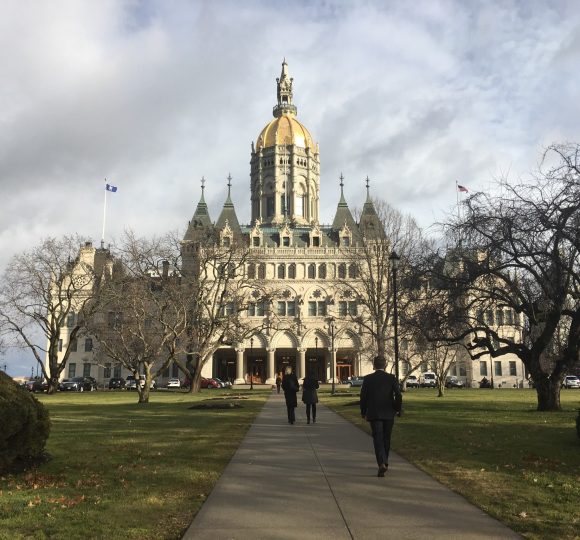At the request of the Tennessee Farm Bureau Federation, American Farmland Trust (AFT) conducted a Cost of Community Services (COCS) study to find out the current net fiscal impact of existing land uses in Blount County, Tennessee. The study analyzes revenues and expenditures on a land use basis for fiscal year 2005 (July 2004 to June 2005). It examines revenues by land use and the financial demands of public services (e.g., public safety, government administration, schools, courts, etc.) and shows the cost of providing these services to residential, commercial and industrial, and farm and forest land uses.
AFT focused on the county budget because it represents revenues and expenditures for the largest portion of the government services provided to Blount County. The study does not analyze services provided by the cities of Maryville and Alcoa.
The COCS study found that in Blount County:
· 77 percent of revenue in fiscal year 2005 was generated by residential land uses; 21 percent was generated by commercial and industrial land uses; and 2 percent by farm and forest land;
· 94 percent of county expenditures were used to provide services for residential land use compared with 5 percent for commercial and industrial uses and 1 percent for farm and forest land.
In other words, for each $1 of revenue received from residential properties in fiscal year 2005, Blount County spent $1.23 providing services to those lands. For each $1 from commercial and industrial land uses, the county spent 25 cents; and for each $1 received from farm, forest and open land uses, the county spent 41 cents providing services.
Residential land uses created a deficit of $22.3 million, which was offset by the other two land use categories: $20.9 million from commercial and industrial and the $1.4 million surplus paid by farm and open land. The Blount County COCS findings demonstrate that a balance of land uses is necessary to ensure fiscal stability. While residential development contributes the largest amount of revenue, its net fiscal impact is negative. Commercial and industrial development net revenue s offset the majority of the shortfall. Commercial and industrial land generated significant revenue from property tax since it is assessed at higher rates than residential and farm properties and because several other tax revenues are businesses related.
Farm and forest land net revenues contribute the balance of surplus revenue for county services. Agricultural lands pay more in local tax revenues than they receive in services. Differential property tax programs are justified as a way to provide an incentive to keep land open and in active agricultural use. Even with a reduced assessed value, agricultural properties contribute a surplus of revenue to pay for public services for residents of Blount County.





